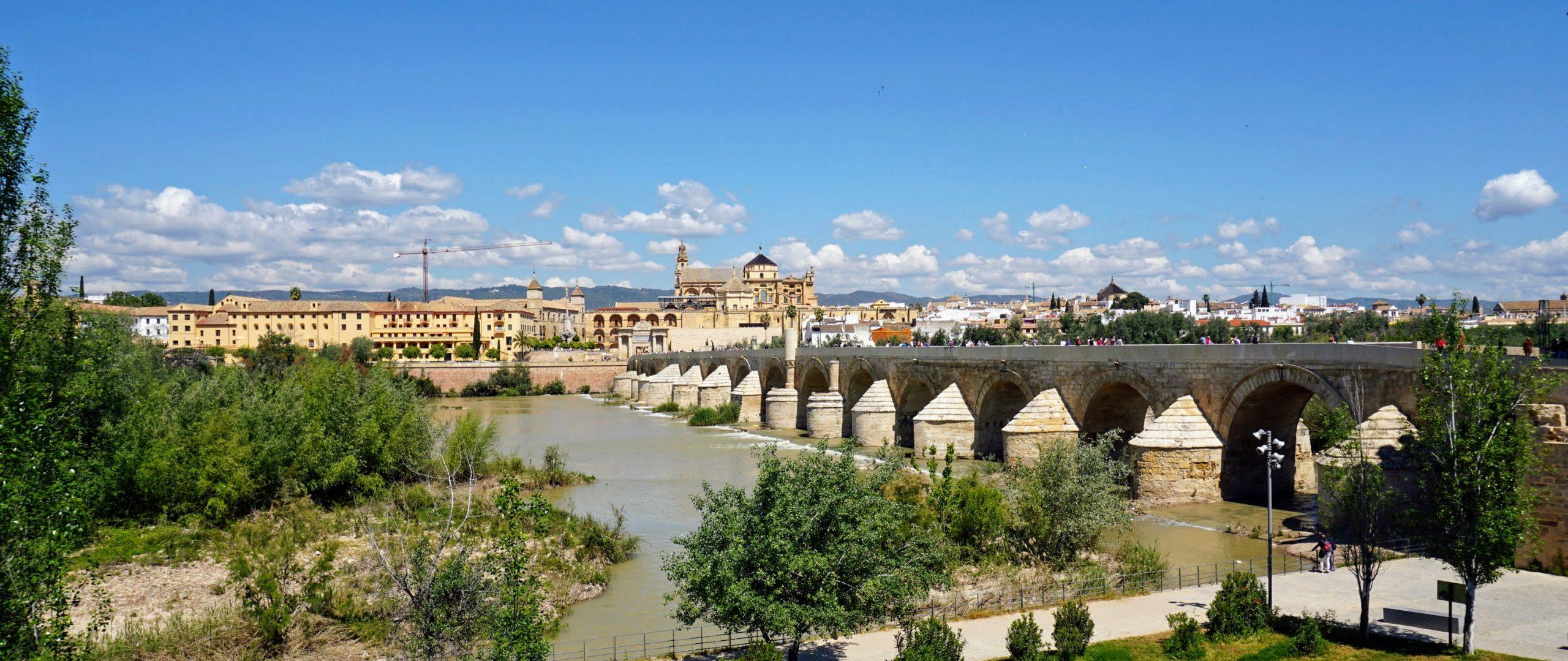Exploring Cordoba: A Deep Dive into Its Rich Heritage

Introduction
Cordoba, a city in southern Spain’s Andalusia region, is renowned for its profound historical and cultural significance. Once the capital of Islamic Spain, Cordoba is home to stunning architecture, including the famous Mezquita, which embodies the city’s rich tapestry of diverse cultures. Understanding Cordoba’s heritage is crucial for appreciating the broader narrative of Spain’s historical evolution and cultural diversity.
A Glimpse into History
Founded as a Roman city, Cordoba flourishingly evolved during the 8th to 10th centuries when it became the capital of the Umayyad Caliphate. At its zenith, the city was one of the largest and most cultured in the world, drawing scholars, poets, and artists from various backgrounds. The legacy of this vibrant era is still evident in its architecture, culinary traditions, and scholarly pursuits.
Architectural Marvels
The city’s most iconic landmark, the Cathedral-Mosque of Córdoba, or Mezquita-Catedral, illustrates the rich religious history of the area. Originally constructed as a mosque in the 8th century, it was converted into a cathedral after the Reconquista in the 13th century. Visitors can marvel at its breathtaking arches, intricate mosaics, and serene courtyard, which showcase the harmonious blend of Islamic and Christian art and architecture.
Additionally, the Alcázar de los Reyes Cristianos, a medieval fortress, provides insights into the lives of the Christian monarchs and includes lush gardens that reflect Moorish influences. These sites attract thousands of tourists annually, evidencing Cordoba’s appeal as a major cultural destination.
Cultural Significance
Apart from its architectural wonders, Cordoba is rich in festivals and traditions. The city’s patios are famed for their vibrant blooms and are celebrated during the annual Patio Festival in May, which draws visitors from across the globe. The UNESCO World Heritage Site designation further legitimises its historical importance and encourages preservation efforts.
Conclusion
Cordoba stands as a remarkable testament to the coexistence of cultures, showcasing the intricate tapestry of Spain’s history. As it continues to attract tourists, the city serves as a living museum, allowing visitors to engage with its past and appreciate its present. Looking to the future, Cordoba must balance tourism and preservation to maintain its cultural integrity while providing an enriching experience for generations to come.
